Marion, IN. It has been 12 months since we moved to central Indiana. I had spent the previous 11 years living in southern Michigan, in the town of Spring Arbor. My move was necessary due to a job change and vocational realities within higher education, yet it grieved me to leave this small Midwest town. Over the course of time Spring Arbor, MI had become my Port William, my Shire, my place of belonging in which I was an active participant in the goodness of a local “membership.” Furthermore, this oft forgotten town 5 miles south of the highway is rich with beauty. Country roads were lined with towering aged oak trees. From spring to fall, small local farms were ripe with crops of corn, soybeans, and wheat. There is a county park with a lake ideal for swimming and early morning contemplation. I was grieved to leave both the people and the place.
Relocating to a new place is disorienting. With life’s rhythms disrupted, I held onto what normative practices and disciplines I could to maintain some sense of congruency when much of life seemed unfamiliar and chaotic. I trained for a triathlon. In Spring Arbor, I trained with friends to race in both Sprint and Olympic distance tris. Days were oriented around swimming with Dan, biking with Kono, and running with Steve. Now training alone, I decided to test my limits and push for the half-ironman distance of a 1.2-mile swim, 56-mile bike, and 13.1-mile run—70.3 miles in total.
Training in Marion, IN taught me the following: training for a triathlon roots you to the environment, economics, and people of a particular place. Pursuing my goal of completing the half-ironman distance has helped me grow in familiarity and intimacy with my new community. Training has caused me to indirectly become increasingly attentive to the place I now inhabit.
Rooted Environmentally
One of the reasons I enjoy triathlons is that the training gets me outdoors. Though it’s a challenge to contend with the heat and humidity of a midwestern summer, or the frigid wind and ice during the winter, there is something to be said about the embodied activity of pressing on despite adverse weather. More often than not, training reminds me of the goodness of creation. Since moving to Indiana, I’ve seen a variety of wildlife while running and biking. The trees that shade the shoulder of a road explode with color from indigo buntings, orioles, and yellow warblers. I’m reminded that spring is ending and summer is fast approaching once the red-wing blackbirds can be heard screeching from their perch on a marsh’s foxtail. I bump up against a sleepy racoon sitting in the shade of a bush, or a beaver quickly slipping back into the coolness of the Mississinewa river. And on rare occasion, a bike ride may consist of a race against a local farm dog who is interested in taking a piece out of my calf (I now plan routes accordingly avoiding these particular dogs). Without the daily routines of leaving my home and traversing backroads at a slow pace, I’d never attend to the intricate habits of Marion’s wildlife. The presence of these creatures would go unnoticed, leaving my perception of the local ecology lacking.
As a triathlete, swimming is my favorite discipline, especially in open water. In moving to Indiana, I was quick to search for public lakes with swimming access. I was spoiled in Spring Arbor with Michigan’s abundance of pristine lakes, one of which was less than 2 miles from my home. My appreciation for open water swimming has led me to an increased awareness of the environmental challenges threatening the ecologies of midwestern bodies of water. It was through reading Dan Egan’s The Death and Life of the Great Lakes, that I realized how often clarity of water was not due to winning some environmental beauty lottery but was caused by invasive zebra and quagga mussels. These invasive species filter lake water at an incredible rate, consuming algae and microbes, and rendering the water less hospitable to native species. While I enjoy swimming in clear water, triathlons have taught me that murky water is sometimes a sign of the healthy ecology of a pond, lake, or stream.
Currently, living in a county with a significant presence of industrialized farming, the challenge is to find a body of water not ridden with blue-green algae blooms. What does it say about your state when there is an official website dedicated to algae awareness and mitigation? Blue-green algae blooms are caused by excessive fertilizers and pesticides that runoff into a water system. With enough sunlight and low turbulent water (i.e. lake shores), this type of algae can grow while releasing harmful toxins into the water. For me, the two closest public beaches for swimming are reservoirs that are part of the Mississineaw and Salamonie rivers. Each river snakes through miles of farmland, receiving the drainage off of fields and pastures. Each reservoir bears the brunt of runoff from agricultural pesticides and siltation from soil erosion caused by over-farming. Though closely monitored by Indiana’s Department of Natural Resources, the water quality of these reservoirs varies. If I was an occasional beach goer, I would not necessarily be attentive to the complex relation between industrialized agriculture and local ecosystems, but as a triathlete looking for some clear water to swim in, I become intimately acquainted with the quality of the water in my region. Though I do not have clear answers to promote the health of these waters, I am more attentive to environmental policies intended to foster the health and beauty of our local ponds, lakes, and rivers.
Rooted Economically
Triathlon training also requires you to slow down as you bike and run through your surrounding community, contrary to just speeding through it in your car (or circumventing it entirely on the freeway). For biking, I have cycling routes within a 30-mile radius surrounding my home that take me out and back on a variety of roads. In most regions of the US, 30 miles from point A to point B can offer a snapshot of economic realities for a particular community. For those who are attentive, it’s hard not to grow aware of pockets of wealth in contrast to pockets of poverty. Training in Marion forces me to acknowledge my “place” is not homogenous, as I witness economic class discrepancies on my cycling and running routes. As a resident embedded within this community, the reality is something I must acknowledge and grapple with.
Marion, IN is similar to many midwestern “rust belt” towns. There was a boom of industry in the 1980s that profited a middle class. But as factories dispersed and went overseas, so did the jobs. Residents soon followed. Currently, my town still holds a General Motors factory, which manufactures automotive parts. The surrounding towns hold distribution centers for Walmart and Dollar General. Next to the General Motors plant, the Marion General Hospital is the second largest employer for the city. Though the city still holds its midwestern charm, you can tell it has faced a fair share of economic hardships from the empty storefronts in a once booming downtown and the abandoned lots scattered throughout city neighborhoods. Economic polarities are not limited to the urban setting but also mark surrounding rural areas. If anything, back country roads reveal a starker economic contrast as I cycle past some of the more expensive homes in the county situated on immaculate sprawling acreage, placed between properties with lone trailers whose yard is littered with rubbish.
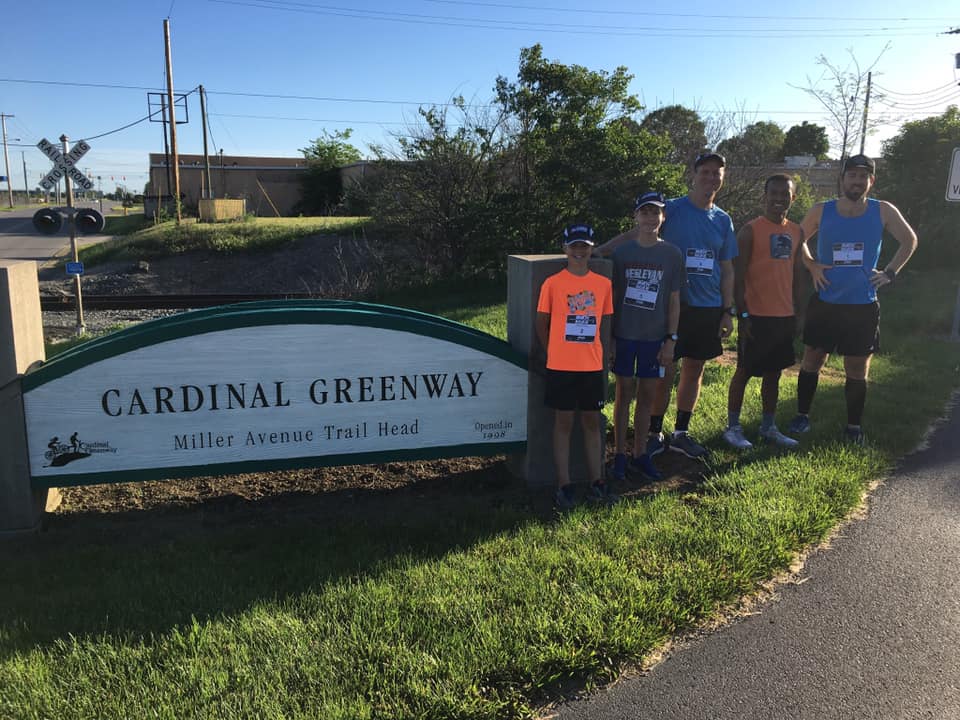
A prime route to witness the disproportionate economic standing of local residents is the Cardinal Greenway, a local paved rail-to-trail which weaves through the length of the city of Marion and reaches far into the surrounding rural towns. The Greenway is well traveled and often bustling with activity from Marion’s community members representing diverse economic backgrounds. In my early morning workouts, I consistently cross paths with an elderly man. His face is weathered, his beard gray and ragged, and his clothes worn. In passing, he typically is enjoying the stillness of a bench along the side of the trail or is picking up cans as he slowly walks a section with a plastic bag. By his posture, he appears burdened. We always smile and exchange a wave and a hello. From all outward appearances, I assume this man is homeless. As I run past, I’m challenged that while his seemingly one pair of shoes are worn thin, I just laced up one of two pairs of shoes – shoes that are strictly for running – only minutes before.
In essence, the Cardinal Greenway acts as a commons where I interact with the diverse economies of my community. Likewise, my cycling routes remain a visceral reminder that my community’s economic history is complex and challenging. Many of my neighbors bear the weight of this reality, while I merely observe it from the saddle of my bike and return to a comfortable home and rewarding job. Yet, to truly live into the goodness of a community, I acknowledge I am implicated in their stories. What does it mean to be a “good” neighbor, within Marion? Though triathlons don’t bring any answers to these questions, my training forces me to grapple with the challenges of place and questions of human flourishing rather than retreating to an isolated, narrow, or incomplete understanding of my community’s economy.
Rooted Relationally
Triathletes are often praised for their “individual” achievements. To be fair, come race day it is a lone person that swims, bikes, runs, and (hopefully) crosses a finish line. Yet it would be an anomaly for this person to achieve success as a triathlete within an individualized vacuum. From coaches, training partners (included those whom we connect with digitally), and even family, a casual observer can see how a successful triathlete is part of a collective. Triathletes may physically cross the finish line by themselves, but in reality, there are many people who have ensured a triathlete is successful. In moving to Marion, I was quickly reminded of this fact as my training unexpectedly rooted me in deeper relationships with others.
The greatest grief of leaving Spring Arbor was being separated from the people. There were a handful of friendships that were built off triathlon training. These friends would swim, bike, or run with me. These shared workouts bore fruit in the form of deep, lasting relationships. There is something about collective suffering that brings you to deep appreciation for those with whom you train. My initial training in Marion left me with a void as I missed the companionship of training partners.
Yet as time progressed in Marion, two colleagues partnered with me both in cycling and running. Jason and I started to bike every other weekend, and Rusty joined me on a weekly run workout as we trained for a half-marathon. These relationships were present regardless of our shared workouts. Our office doors all open into the same hallway. However, it is doubtful I would have gotten to know these individuals as well without our routine times together sharing miles on the Cardinal Greenway. Having Rusty and Jason join me on routine workouts further rooted me into the Marion community.
The goodness of these relationships culminated at a local half-marathon. COVID-19 realities caused the Indy Mini half-marathon to be cancelled in late spring. The Indy-Mini race director challenged participants to join “virtually”–to run the 13.1 miles and upload times to their website. Drawn to the glory and the race swag, Rusty and I planned a date to run our own half-marathon. Our race course was an “out and back” on the Cardinal Greenway. Rusty contacted his friends to oversee a table at each mile marker on the Greenway to ensure we had water and Gatorade along the way. The race transpired on a cool Saturday morning in late May. Myself, Rusty, and three other racers ran the 13.1 miles cheered on each mile by local community members–a community comprised of Rusty’s friends from work, church, and the neighborhood. Friends gathered at the finish line to cheer us upon our return and celebrate with donuts and coffee. By far, this was the smallest race I’ve ever participated in, but it was also perhaps the most meaningful. Though I still felt very much an outsider to the community which I found cheering me on, I felt welcomed by Rusty to be a participant within his community. As I enjoyed a donut after a long run, Rusty introduced me to his friends, indirectly relating to me that I too am now part of the Marion community. I imagine this introduction to the Marion community would have transpired over the course of time, but it was the context of running that enabled me to lean deeper into relationship with my Marion neighbors.
The Marion Half-Ironman
As one might expect from the uncertainties of 2020, my Muncie half-ironman was cancelled due to COVID-19 only days prior to the event. After months of preparation and hours of training, my dreams of completing this distance were thwarted. But was the race truly the point? Perhaps, but it seems unlikely. Personally, the race was merely the telos orienting my habits and routines of preparation.
Inspired by Rusty and our half-marathon, my wife encouraged me complete the half-ironman distance in Marion. So as to not waste the time spent in training, I figured I might as well try. Early one Saturday morning in July, I hopped into the pool of the local YMCA and started my race, independent of other participants and spectators. 40 minutes later I was on my bike, cruising down the Cardinal Greenway for a 3 hour and 15 minute ride. I ended my ride and started the 13.1 mile run from my home to continually loop through my neighborhood and grab nutrition and hydration stationed in my driveway. The run went as anticipated until mile 5. The hot July afternoon sun and the Midwest humidity was quickly sapping my energy and motivation. Miles 5 to 9 slowed from a run, to jog, to slow plod. After mile 9 I was counting the amount of time it’d take me to finish the next four miles. I was ready to be done but figured I’d complete another neighborhood loop prior to throwing in the towel. Yet, as I painfully placed one foot in front of the other, my cycling friend Jason showed up unprompted. He knew I was attempting the distance, and he wanted to run with and cheer me on as I finished. Jason’s presence renewed my resolve to finish. The final miles were slow, but they were shared. As I gutted out the last stretch of my race, I was acutely aware of the goodness of a particular place and of the friendships that arose from inhabiting this place. Jason and I finished my last loop and ended at my driveway, greeted by my wife and kids, fully completing the half-ironman distance.
The unexpected fruit of training for a half-ironman is the growth in familiarity and intimacy within a new place. Be it a community’s environment, economy, or people, the work of training for a triathlon has the potential to root us ever deeper into the location we inhabit. It’s a slow and steady discipline that may enable us to grow increasingly attentive to the nuances of the places where we live.
For further reading on the merits of racing triathlons, I highly recommend Ragan Sutterfield’s This Is My Body: From Obesity to Ironman, My Journey into the True Meaning of Flesh, Spirit, and Deeper Faith.

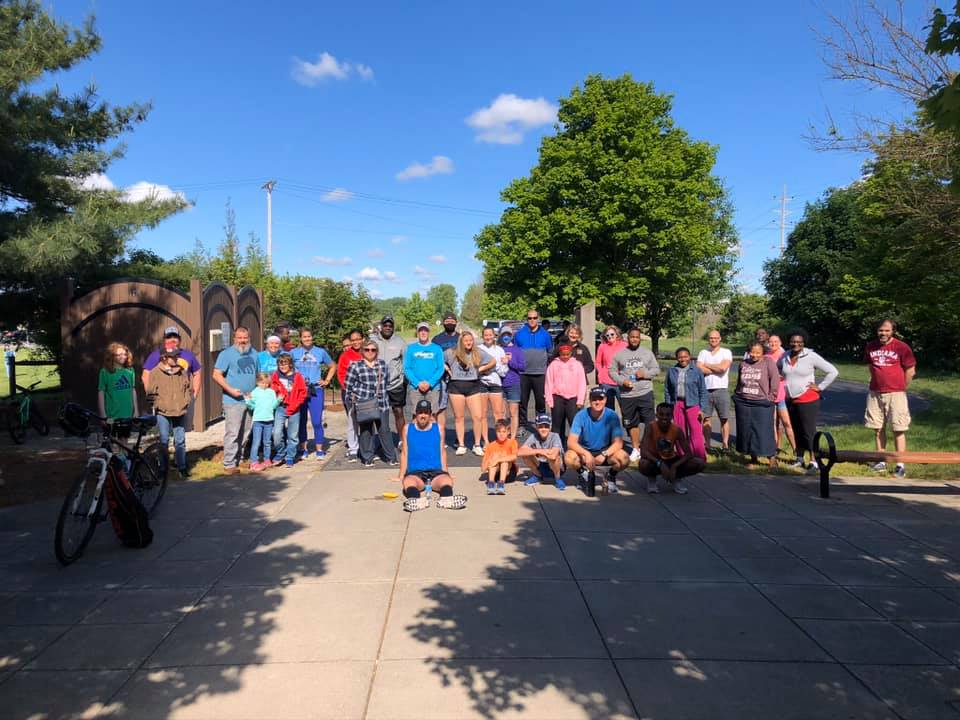
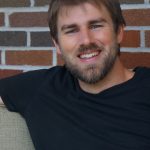
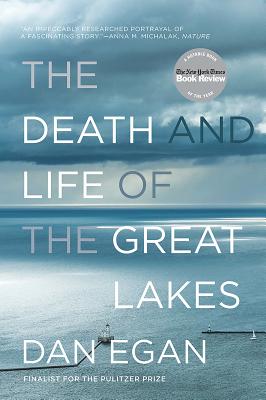

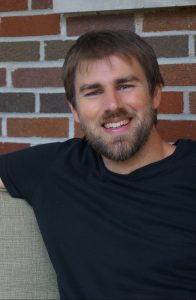
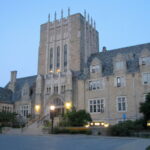
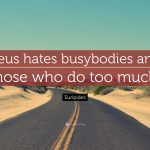
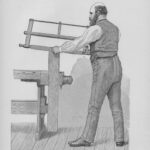
1 comment
Joe Hoffert
Wow, Jeff! This article was great. Thanks for sharing. -Joe
Comments are closed.